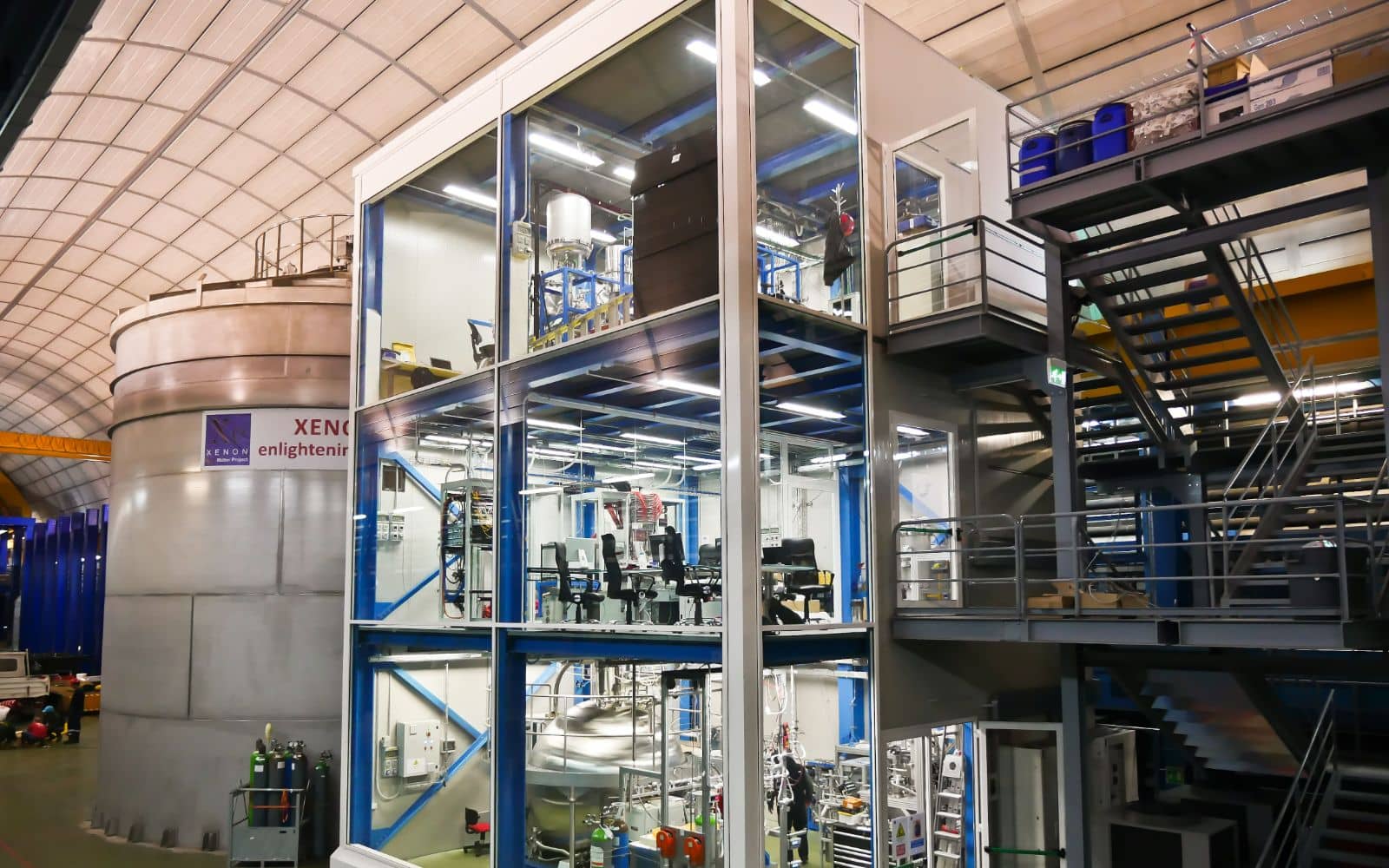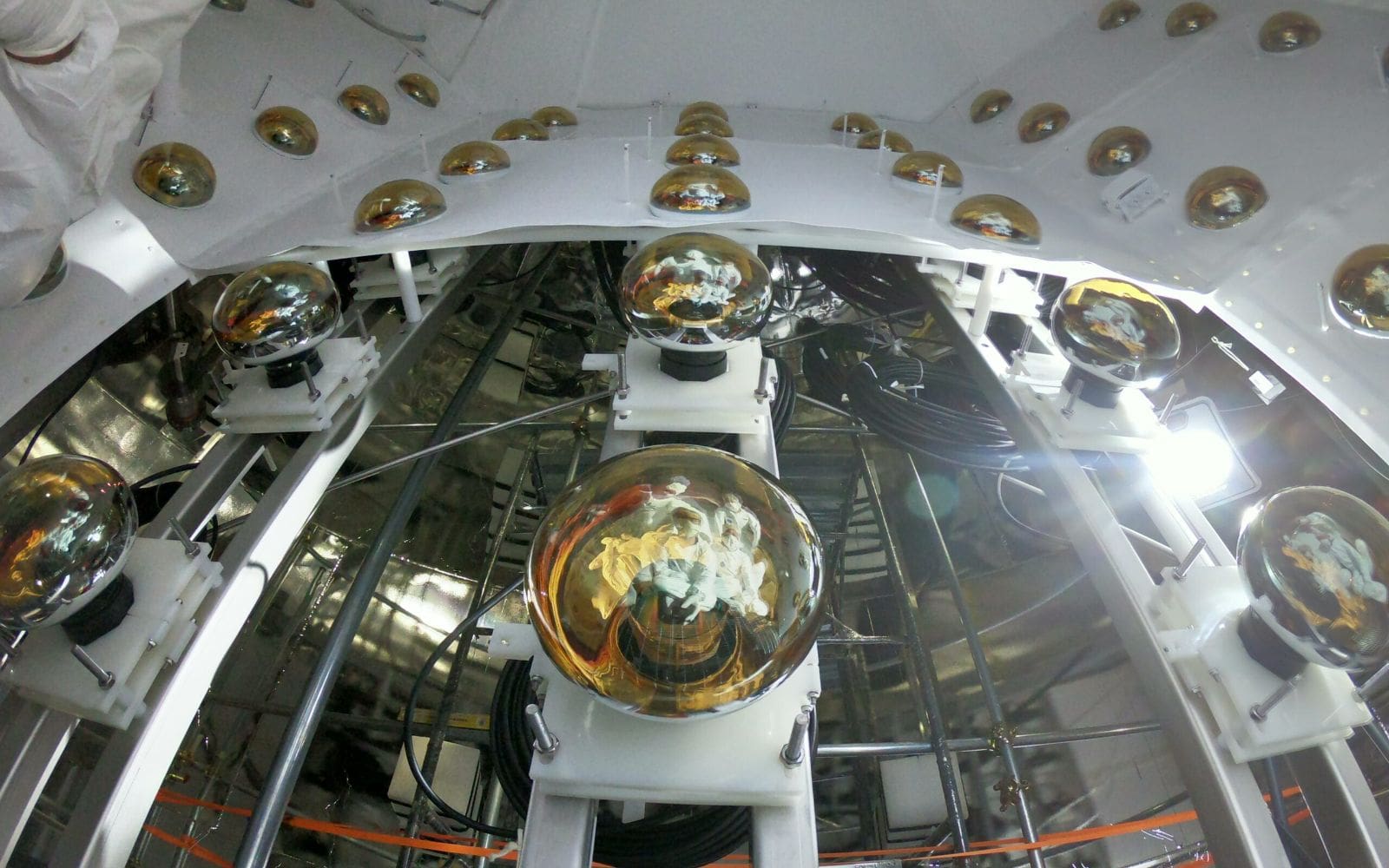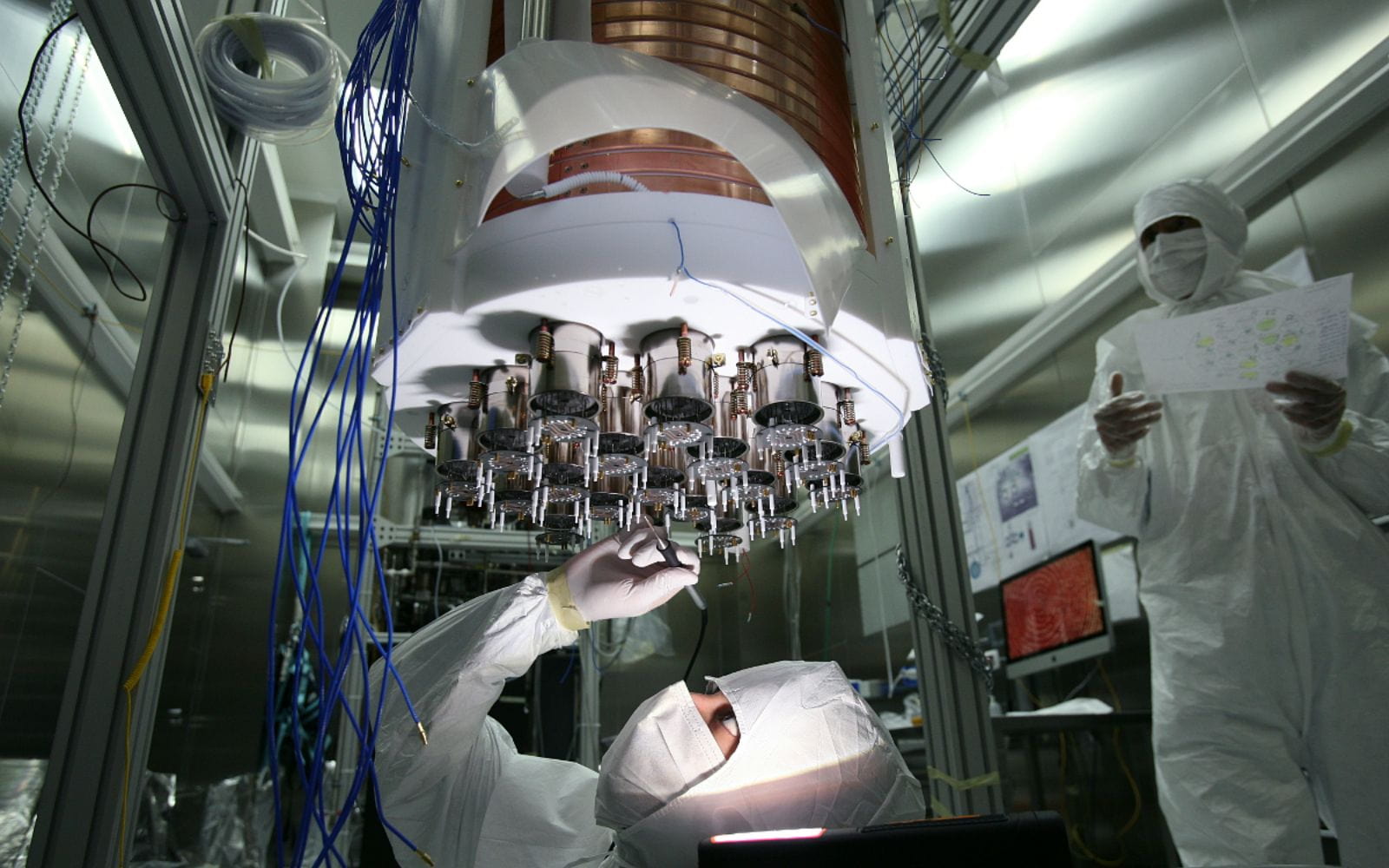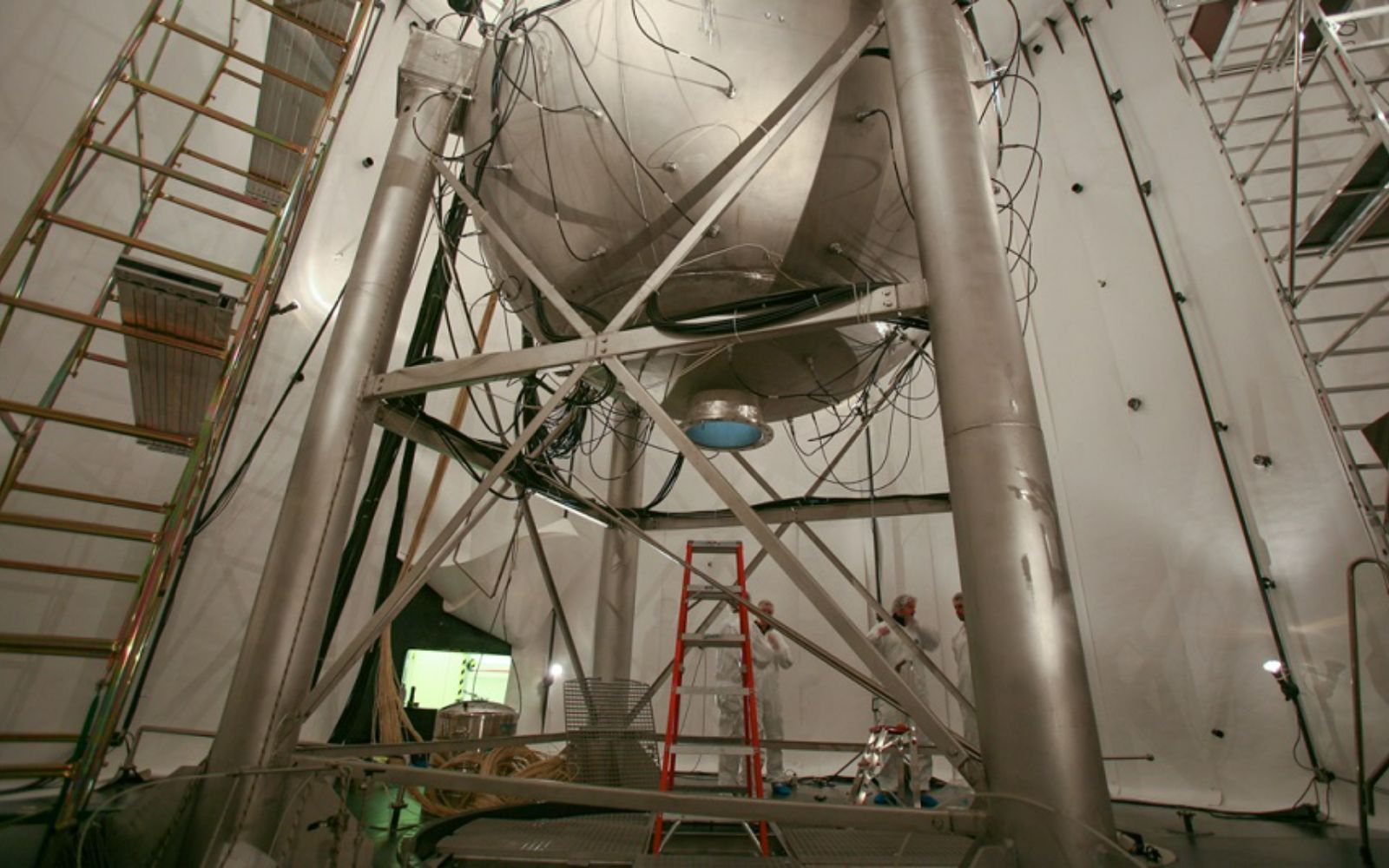Being able to detect and study dark matter is one of the fundamental challenges of modern physics. Postulated to explain gravitational phenomena observed in the universe, although it is as much as five times more abundant than ordinary matter, and despite there being many experiments worldwide that are trying to detect its traces, to date dark matter has not yet been experimentally observed.
Dark matter neither emits nor absorbs any kind of radiation that we can observe. Over the years, various theories have been developed concerning its nature, some of which speculate that it consists of particular particles called WIMPs, Weakly Interacting Massive Particles.
At INFN’s Gran Sasso National Laboratories, the largest underground laboratory with active experiments in the world, state-of-the-art detectors for the study of dark matter are currently in operation. These experiments use two different and concurrent technologies: Darkside exploits Argon, while XENONnT uses Xenon, as the name suggests. Both are dedicated to the direct search for hypothetical dark matter particles called WIMPs.
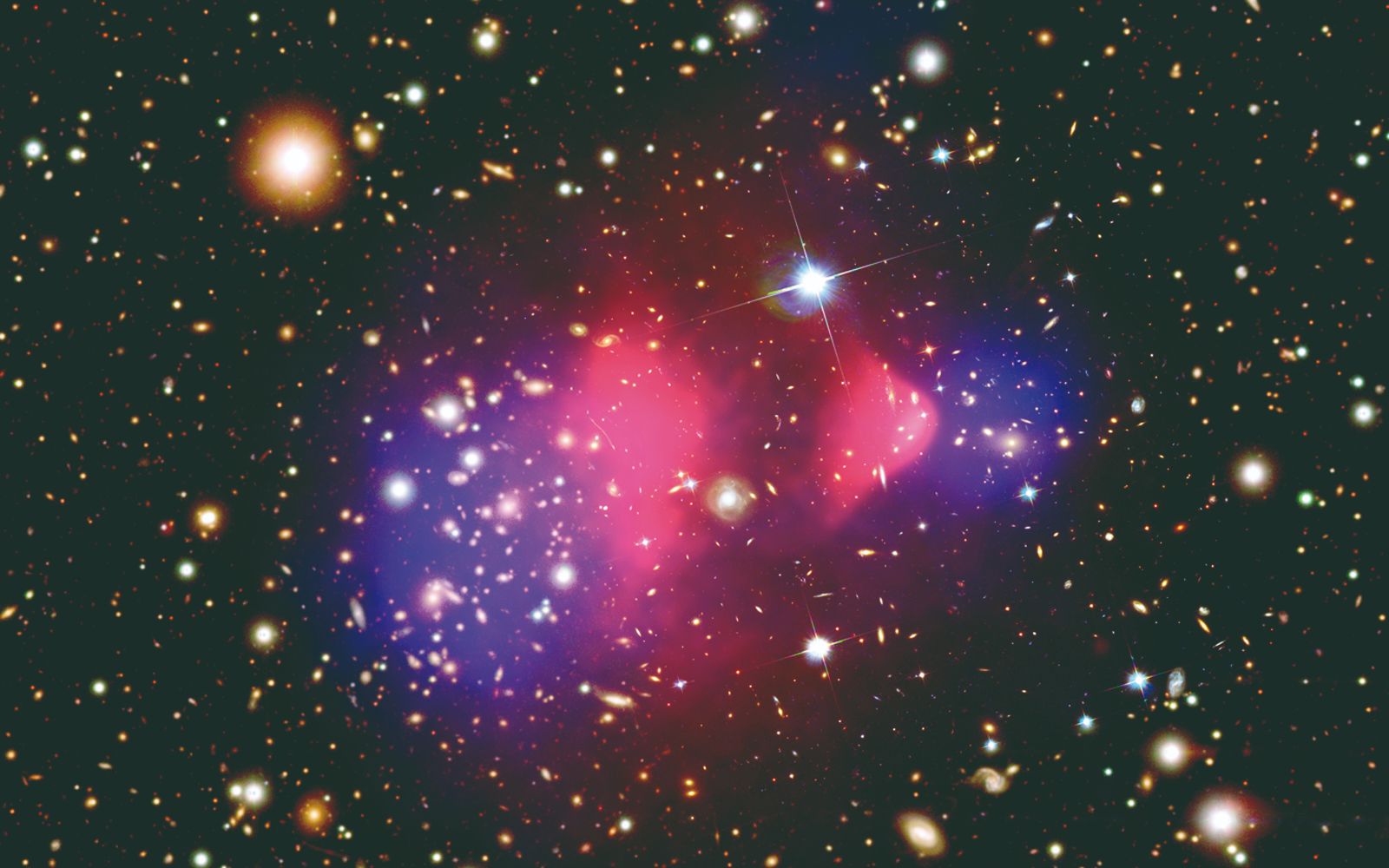
The Bullet Cluster is a pair of galaxy clusters, which have collided head on. The optical image from the Magellan and the Hubble Space Telescope shows galaxies in orange and white in the background. Hot gas, which contains the bulk of the normal matter in the cluster, is shown by the Chandra X-ray image, which showst the hot intracluster gas (pink). Gravitational lensing, the distortion of background images by mass in the cluster, reveals the mass of the cluster is dominated by dark matter (blue), an exotic form of matter abundant in the Universe, with very different properties compared to normal matter.
This was the first clear separation seen between normal and dark matter. (© NASA/CXC/M. Weiss)
